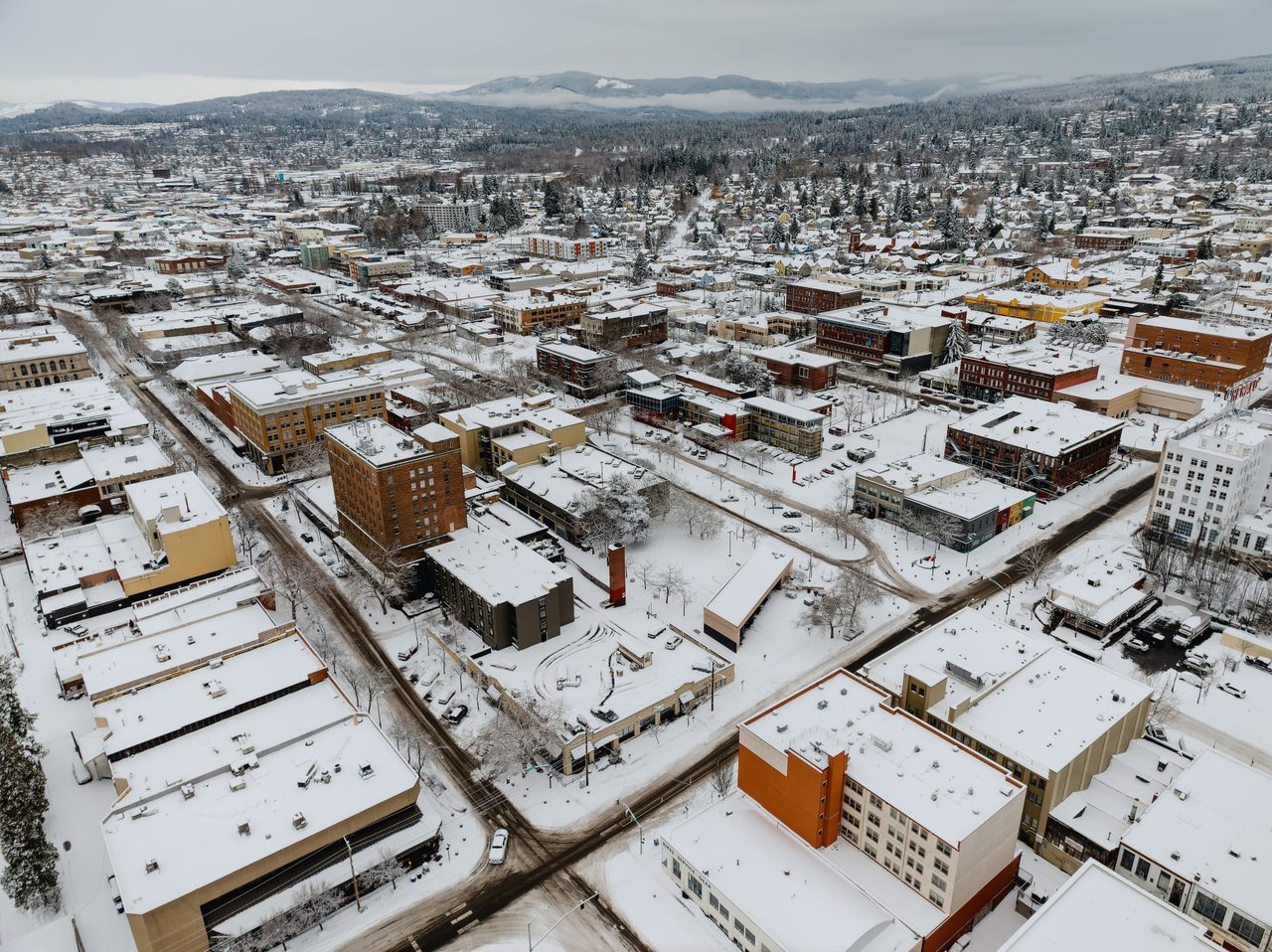As winter approaches in Washington State, it’s essential to prepare your home for the colder months ahead. With our region’s mix of heavy rain, snow, and freezing temperatures, taking preventative steps now can save you from headaches later. Here’s a helpful guide to winterizing your home and ensuring it stays warm, dry, and efficient all season long.
Est. 3 minute read
1. Clean Your Gutters
Gutters are the unsung heroes of your home’s exterior, guiding rainwater and snowmelt safely away from your roof and foundation. However, when gutters become clogged with leaves, twigs, and debris, they can’t perform their job effectively. This can lead to water backing up and seeping into your roof, walls, or basement, causing costly damage. Before the first snowfall, make gutter cleaning a priority. You can either hire a professional or, if you’re comfortable on a ladder, tackle the job yourself. It’s a simple but crucial step to protect your home from the wet, winter weather we experience here in Washington.
2. Inspect and Seal Windows and Doors
Drafty windows and doors are a significant source of heat loss during the winter. Even small gaps can let cold air in and warm air out, making your heating system work overtime. Check for drafts around windows and doors by running your hand along the edges, feeling for cold air. Use weatherstripping, caulking, or foam insulation to seal any leaks. For older windows, consider installing storm windows or using plastic window insulation kits to add an extra layer of protection.
3. Service Your Heating System
Before temperatures drop, it’s wise to schedule a professional inspection of your heating system. Whether you have a furnace, heat pump, or another system, annual maintenance ensures it’s running efficiently and safely. A technician will check for any issues, change filters, and make necessary repairs. This not only keeps your home warm but also reduces energy costs and prolongs the lifespan of your system.
4. Check Your Roof and Chimney
Heavy snowfall and ice buildup can take a toll on your roof. Inspect for missing or damaged shingles and repair any issues to prevent leaks during winter storms. If your home has a chimney, schedule a cleaning to remove soot buildup, which can be a fire hazard. Clear chimneys also allow for proper ventilation, ensuring that smoke and carbon monoxide are safely vented outside when you use your fireplace.
5. Prepare Outdoor Pipes and Faucets
Freezing temperatures can cause outdoor pipes to burst, leading to significant water damage. Disconnect and drain all outdoor hoses, and shut off water to exterior faucets if possible. Consider installing insulated faucet covers to protect against freezing. If your home has any exposed pipes in unheated areas (like a garage or basement), insulate them with foam pipe insulation to prevent freezing.
6. Inspect Attic Insulation
Proper insulation is key to keeping your home warm during Washington winters. Inspect your attic to ensure there’s adequate insulation to prevent heat from escaping. Poor insulation can lead to higher energy bills and cold drafts. If needed, add more insulation or consider upgrading to more efficient materials.
7. Trim Trees and Protect Landscaping
Heavy snow and ice can cause tree branches to break, potentially damaging your roof, siding, or power lines. Trim back any overhanging limbs near your house before winter storms hit. Additionally, protect your landscaping by mulching around plants to insulate the roots and using burlap or other coverings to shield more delicate plants from freezing temperatures.
8. Test Smoke and Carbon Monoxide Detectors
With the increased use of heating systems and fireplaces during winter, it’s essential to ensure your smoke and carbon monoxide detectors are functioning properly. Test all detectors, replace batteries if needed, and install additional detectors in key areas of your home if necessary. These devices are critical for keeping your family safe during the colder months when risks of fire and carbon monoxide poisoning are higher.
9. Reverse Ceiling Fans
Did you know you can use ceiling fans to help distribute warm air in the winter? By reversing the direction of your fan blades (most fans have a switch for this), you can push warm air that rises to the ceiling back down into the living space. This small trick can make a big difference in maintaining a comfortable temperature in your home.
10. Stock Up on Winter Supplies
Finally, make sure you’re prepared for winter storms and potential power outages. Stock up on essentials like firewood, ice melt, and sand for walkways. Keep shovels, snow blowers, and generators in working order, and have extra blankets, batteries, and non-perishable food on hand in case of an emergency.
By taking these steps to winterize your home, you’ll not only stay cozy during Washington’s winter months but also protect your property from the elements. A little effort now can save you from larger problems later, so start preparing today!




